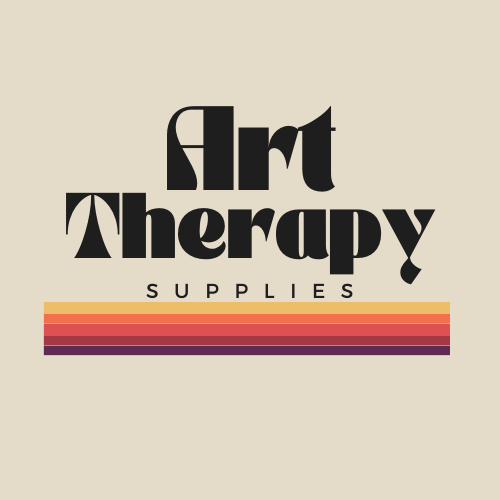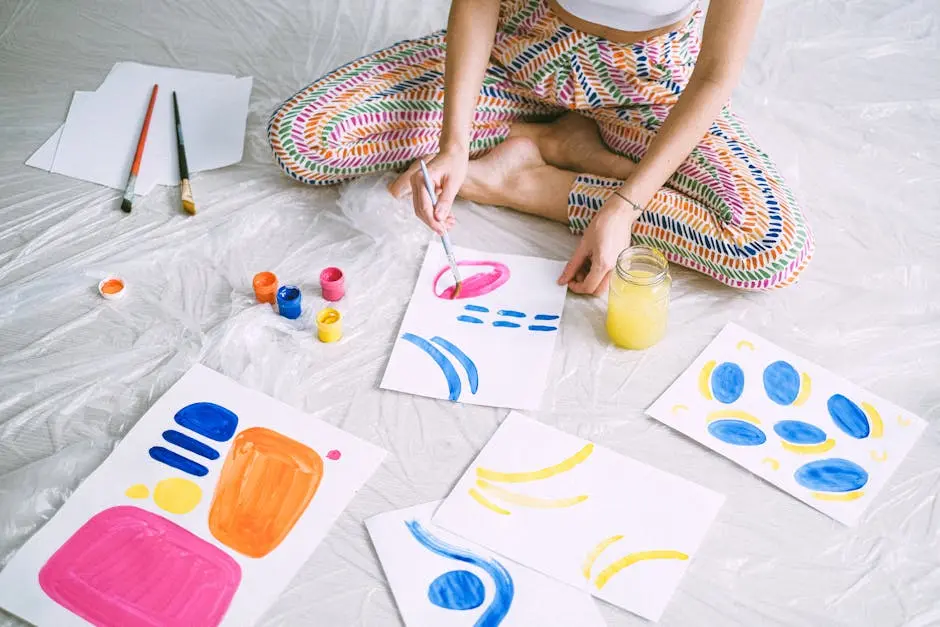Individual art therapy offers a unique and profound way to explore emotions while enhancing self-expression through the medium of creativity. In this blog, we’ll delve into how these personalized art sessions can facilitate emotional growth and open avenues for communication that often go beyond the capacity of words alone.
Understanding Individual Art Therapy
Individual art therapy is a distinctive therapeutic approach that differentiates itself from traditional forms of therapy. It integrates the expressive capabilities of the arts as a means of self-revelation and personal exploration. Encompassing various forms of artistic creation, this method welcomes visual, tactile, and even abstract elements, offering an expansive avenue for personal insight.
This form of therapy taps into the deeper, sometimes more vulnerable areas of our psyche, addressing emotions that may be difficult to articulate verbally. Individual art therapy creates a refuge where individuals can let their emotions flow freely, providing a vastly different experience compared to conventional therapeutic practices. Here, the act of creating becomes its own language.
Benefits of Artistic Expression
Engaging in artistic expression through individual art therapy yields profound mental and emotional benefits, including stress relief and enhanced self-awareness. This creative outlet serves not only to clarify thoughts and feelings but also acts as a safe haven for processing intricate emotions—effectively diminishing anxiety and emotional discomfort.
The act of creating art fosters a heightened sense of self-awareness by enabling individuals to externalize their feelings visually. This creative process allows for the identification of recurring emotional patterns and insights that might remain obscured during ordinary therapeutic discussions. Through artistic expression, individuals nurture a dialogue between themselves and their artwork, recognizing unexpressed emotions and thoughts with each brushstroke or line drawn.
Techniques Used in Individual Art Therapy
Various artistic techniques and mediums signify the diversity inherent in individual art therapy sessions, facilitating profound self-exploration. Techniques such as painting and drawing, alongside collaging and clay modeling, allow participants to select the form most resonant with their feelings, showcasing the flexibility integral to this practice.
Guided visual imagery often serves as an introductory exercise, paving the way for deeper artistic exploration. Participants may begin therapy sessions with visualization methods to summon emotions and images that they later translate into their artwork. This multi-layered approach strengthens the personal connection to the final artistic piece, transforming it into a poignant narrative of their emotional journey.
Additionally, interactive methods like art journaling or digital art enhance the expressive experience, inviting individuals to document their emotional landscapes creatively. These modern techniques broaden accessibility and appeal, ensuring that art therapy resonates with contemporary audiences.
Overcoming Barriers to Self-Expression
Self-expression can be laden with obstacles, including fear of judgment, perfectionism, and ingrained insecurities. Individual art therapy provides a nurturing environment designed to help individuals confront and dismantle these barriers. The primary focus here shifts from technical skill and final products to the value of the creative process itself, effectively reducing performance anxiety.
Participants are encouraged to relinquish perfectionist tendencies and embrace the beauty found within imperfections, promoting a healthier perspective on creativity. Art therapy allows for uninhibited self-expression, offering participants the freedom to experiment artistically without apprehension.
How to Get Started with Individual Art Therapy
Embarking on a journey with individual art therapy can be both exciting and rewarding. Begin by seeking out a qualified, licensed art therapist who closely aligns with your unique needs and therapeutic objectives. Don’t hesitate to inquire about their methodologies to ensure they match your expectations and comfort levels.
Before your first session, consider outlining some personal goals that elucidate what you aspire to achieve through this creative journey. Whether it’s exploring your artistic side or seeking emotional healing, having clear intentions will shape your experience in a meaningful way.
With an open heart, approach each session with an appreciation for the unpredictability inherent in creativity. Embrace the exploration, understanding that every brushstroke or pencil line contributes to deeper self-understanding and new avenues of expression.
Final Thoughts on Individual Art Therapy
Participation in individual art therapy can unveil fresh paths for self-discovery and expression. Not only does this therapeutic approach nurture creativity, but it also deepens our understanding of ourselves, ultimately fostering greater emotional well-being and resilience.


